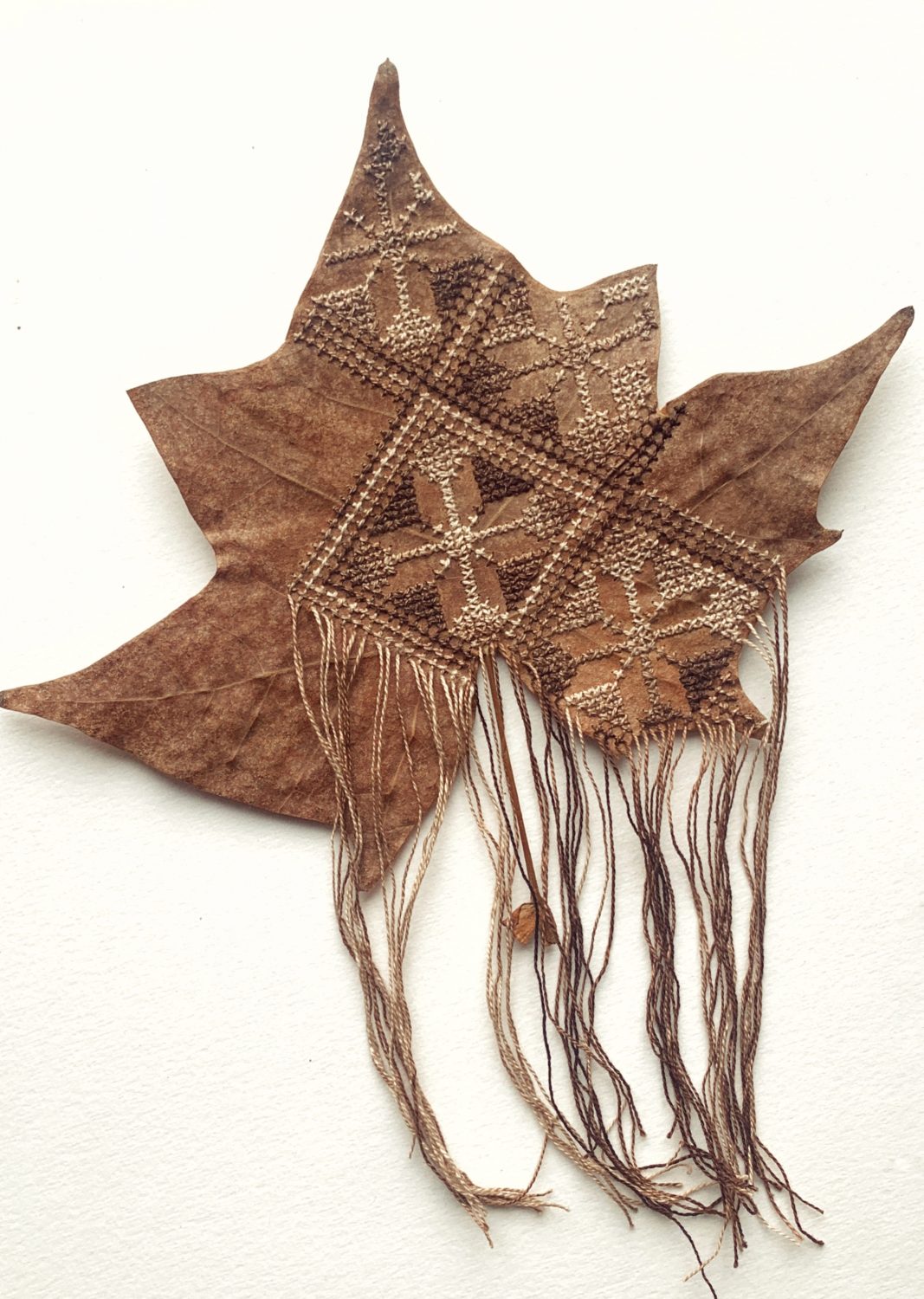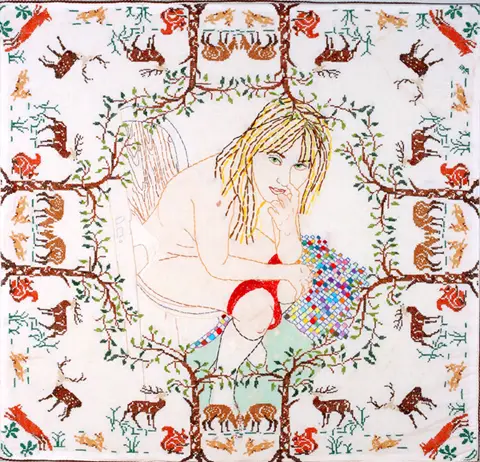Ever since I started using natural dyes I’ve been intrigued by descriptions of dyeing silk to make ‘red tape’.
There was the whole fascination of having a specially produced material with a really specific function. Like something straight out of Dickens, silk ribbon was dyed by an arcane process to produce the ‘tape’ used to tie up British Government and legal documents – hence too much red tape. You couldn’t make it up. There’s probably someone still producing it.
Anyway, for years I’ve put off trying it thinking it’s way too complicated (it is). But recently I thought about a comeback to those people who say you can only get muddy yellows and browns from natural dyes. I set myself a challenge to produce some bright colours onto silk. This led me to safflowers. Safflower is a thistle-like plant grown mostly for oil from its seeds. But it’s been used for centuries to dye both yellow and red (strictly speaking pink). It likes sun and doesn’t flourish in the north of England so I bought some dried ones.

To say the dyeing process is complicated is a serious understatement (you can get the details here). The yellow dye is quite easy to extract and you have to remove it before you get to the red. The remaining red dye can only be used on cotton and linen – to get the red for silk you first have to dye cotton and then move the dye from the cotton to the silk. I counted ten different processes to get the red (pink) silk.


This process was used for hundreds of years in Egypt, Japan and India. So what I want to know is HOW ON EARTH did they discover it? I mean, they can’t just have stumbled on it by accident, it must have been by experimentation. How many false starts? Where did they et the time and patience.?
But for us 21st century dyers there are easier ways to get colour from flowers. I got some lovely blues by cold-dyeing with pansies (added to my freezer stash through the spring). Almost as simple was dyeing with French marigolds – the sort you get as bedding plants from garden centres. I stored them in the freezer until I had a small tubful, simmered them very gently for 30 mins, cooled and strained the dyebath and then simmered my silk thread (again very gently) for about 30 minutes. Result.


I’m happy with my flower dyeing experimentation and will certainly be dyeing with pansies and marigolds again – but safflowers – I think I’ll pass.





